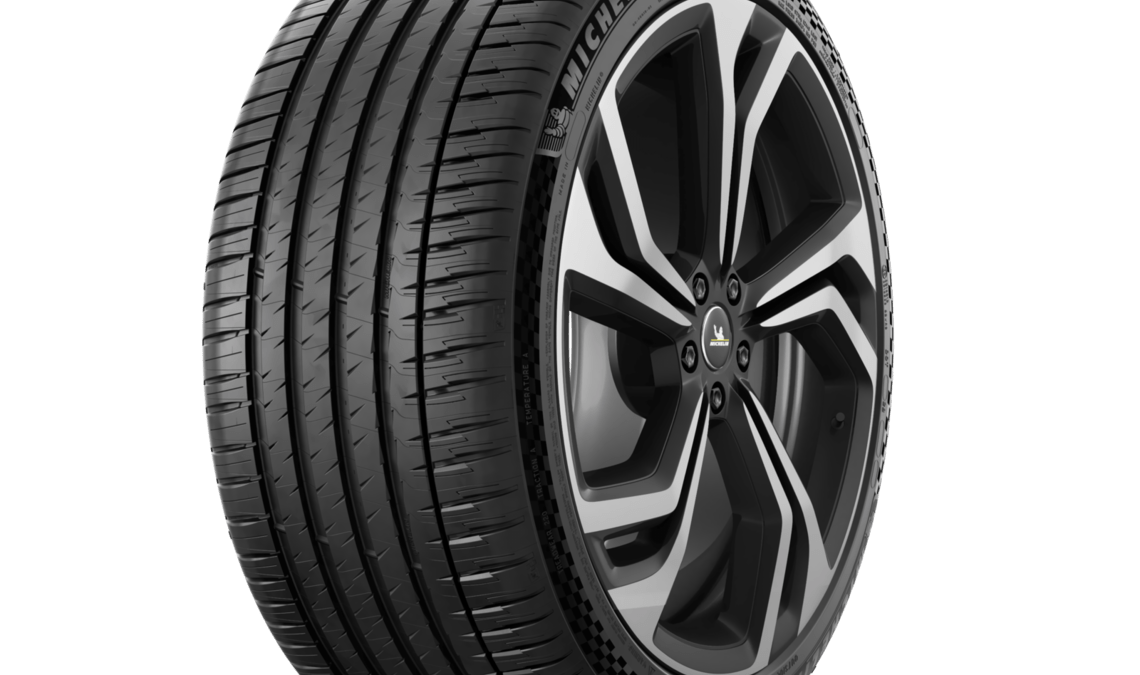The seemingly simple act of rolling down the road relies on a complex and crucial partnership: the tire and the wheel. These two components‚ though distinct‚ are inseparable in their function‚ working in perfect synergy to provide grip‚ support‚ and ultimately‚ the ability to move. Understanding the intricate relationship between the **tire** and the wheel is essential for appreciating the engineering behind modern transportation. The performance of your vehicle‚ including handling‚ fuel efficiency‚ and safety‚ all depend on how effectively the **tire** and wheel interact.
The Wheel: Foundation and Support
The wheel‚ typically made of steel or aluminum alloy‚ serves as the foundational structure. Its primary roles are:
- Providing a Mounting Point: The wheel’s rim provides a secure surface for the tire to be mounted.
- Bearing the Load: The wheel’s spokes and hub distribute the vehicle’s weight‚ ensuring even distribution and preventing collapse.
- Connecting to the Axle: The wheel hub connects to the axle‚ enabling the rotational force from the engine to be transferred to the ground.
- Facilitating Braking: The wheel provides a surface for the brake rotors or drums to attach‚ allowing the vehicle to slow down and stop.
The Tire: Grip and Cushioning
The tire‚ constructed from rubber compounds and reinforced with cords and belts‚ provides the crucial interface between the vehicle and the road. Its key functions include:
- Generating Traction: The tire’s tread pattern is designed to grip the road surface‚ providing the necessary friction for acceleration‚ braking‚ and cornering.
- Absorbing Shocks: The tire’s air-filled chamber acts as a cushion‚ absorbing impacts from bumps and irregularities in the road.
- Maintaining Directional Stability: The tire’s sidewall stiffness helps to resist lateral forces‚ preventing excessive body roll and maintaining directional control.
- Carrying the Load: While the wheel primarily bears the load‚ the tire also contributes to load distribution‚ especially when inflated to the correct pressure.
The Interdependent Relationship
The wheel and tire are not independent entities; they are designed to work together as a unified system. The tire’s bead‚ for example‚ is specifically shaped to lock onto the wheel’s rim‚ creating a secure and airtight seal. The wheel’s diameter and width must be compatible with the tire’s dimensions to ensure proper fitment and performance. An improperly matched wheel and tire combination can lead to handling problems‚ tire wear issues‚ and even safety hazards. The relationship between the tire and wheel is critical for performance.
Ensuring Proper Fitment
Proper fitment is paramount for optimal performance and safety. Key considerations include:
- Matching Tire and Wheel Diameters: The tire’s inner diameter must precisely match the wheel’s rim diameter.
- Considering Wheel Width: The tire’s width must fall within the recommended range for the wheel’s width.
- Understanding Offset and Backspacing: These measurements determine how the wheel sits within the wheel well and can affect handling and clearance.
Therefore‚ the wheel and **tire** form a vital partnership. Understanding their individual roles and how they work together is key to maintaining a safe and efficient vehicle. By ensuring proper fitment‚ maintaining correct tire pressure‚ and choosing the right combination for your driving needs‚ you can optimize the performance and longevity of your vehicle’s rolling foundation.
THE IMPACT OF INFLATION PRESSURE
A crucial aspect of the tire and wheel partnership is maintaining the correct inflation pressure within the tire. Overinflation or underinflation can drastically alter the way the tire interacts with the wheel and the road surface. Underinflated tires‚ for instance‚ can lead to:
– Increased Rolling Resistance: Requiring more engine power and reducing fuel efficiency.
– Overheating: Causing premature tire wear and increasing the risk of a blowout.
– Compromised Handling: Resulting in a spongy feel and reduced cornering grip.
Conversely‚ overinflated tires can result in:
– Reduced Contact Patch: Decreasing traction and increasing the risk of skidding.
– Harsh Ride Quality: Transmitting more road imperfections to the vehicle’s occupants.
– Uneven Tire Wear: Concentrating wear in the center of the tread.
Therefore‚ regularly checking and adjusting your tire pressure to the manufacturer’s recommended level is essential for optimizing performance‚ safety‚ and tire longevity.
MATERIALS AND TECHNOLOGY ADVANCEMENTS
Both tire and wheel technology have seen significant advancements in recent years. Tire manufacturers are constantly developing new rubber compounds‚ tread patterns‚ and construction techniques to improve grip‚ durability‚ and fuel efficiency. Similarly‚ wheel manufacturers are exploring new materials like carbon fiber and advanced alloy blends to reduce weight‚ increase strength‚ and enhance aesthetics.
EXAMPLES OF TECHNOLOGICAL ADVANCEMENTS
– Run-Flat Tires: Designed to maintain their shape and allow the vehicle to be driven for a limited distance even after a puncture.
– Self-Sealing Tires: Incorporating a sealant layer that automatically plugs small punctures.
– Lightweight Alloy Wheels: Reducing unsprung weight‚ improving handling‚ and enhancing fuel economy.
– Forged Wheels: Offering increased strength and durability compared to cast wheels.
These advancements highlight the ongoing efforts to optimize the performance and safety of the tire and wheel system‚ ensuring a smoother‚ more efficient‚ and more enjoyable driving experience.
THE FUTURE OF TIRE AND WHEEL SYNERGY
The ongoing evolution of automotive technology‚ particularly the rise of electric vehicles and autonomous driving‚ is further shaping the future of the tire and wheel relationship. Electric vehicles‚ with their instant torque and heavier battery packs‚ place unique demands on tires and wheels. Similarly‚ autonomous vehicles require highly reliable and predictable tire performance to ensure safe and accurate navigation. These trends are driving innovation in areas such as:
– Low Rolling Resistance Tires: Designed to minimize energy loss and maximize the range of electric vehicles.
– Smart Tires: Equipped with sensors that monitor tire pressure‚ temperature‚ and wear‚ providing real-time data to the vehicle’s control systems.
– Lightweight and Aerodynamic Wheels: Reducing weight to improve efficiency and optimizing airflow to reduce drag.
As vehicles become more sophisticated‚ the tire and wheel system will become even more integrated and critical to overall performance and safety. The **tire** will continue to evolve‚ adapting to the changing needs of the automotive industry and the demands of modern drivers.
A FINAL THOUGHT
From the simple mechanics of rolling motion to the cutting-edge advancements in materials and sensor technology‚ the interplay between the tire and wheel is a testament to engineering ingenuity. It’s a partnership that silently and reliably underpins our daily journeys. Remember‚ the unsung hero of your vehicle‚ the **tire**‚ deserves attention and care. By understanding its role and ensuring its proper maintenance‚ you can unlock a safer‚ smoother‚ and more enjoyable driving experience.





